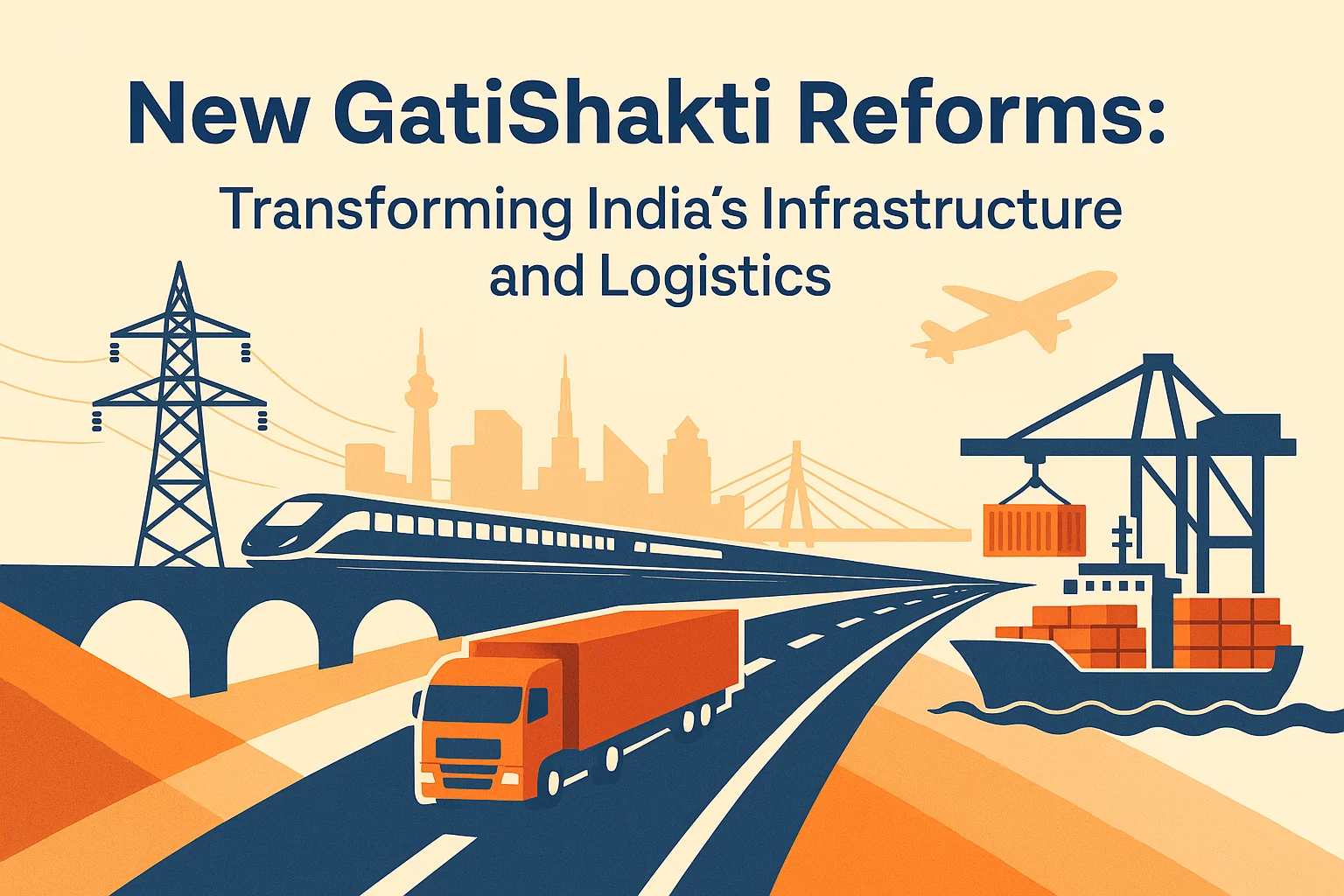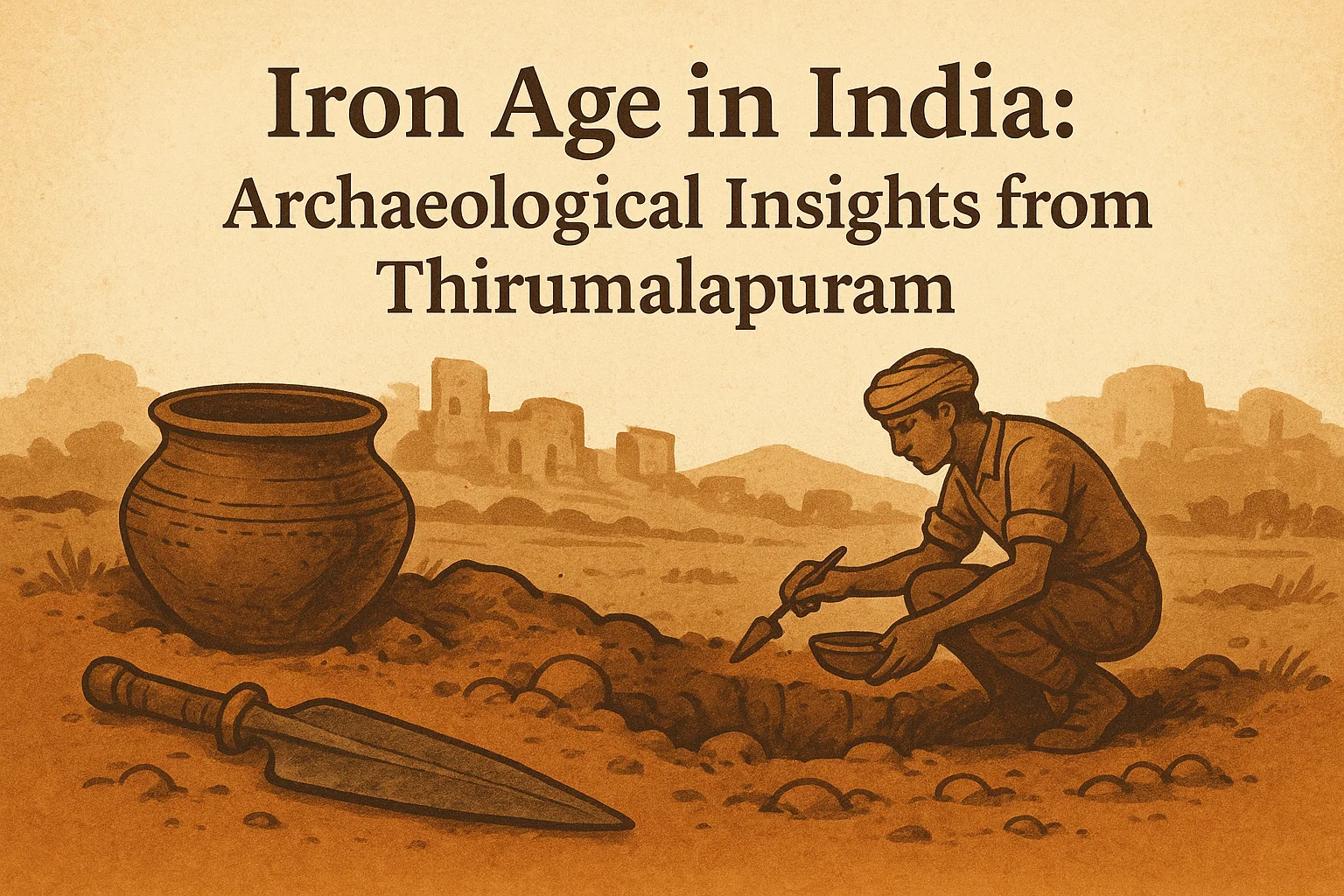Font size:
Print
Reservation in Private Higher Education Institutions
Context: The Indian National Congress has intensified its demand for the implementation of reservations in private higher educational institutions (HEIs), citing a recent report by the Parliamentary Standing Committee on Education.
More on News
- The committee has unanimously recommended that the government enact a law to enforce 15% reservation for Scheduled Castes (SCs), 7.5% for Scheduled Tribes (STs), and 27% for Other Backward Classes (OBCs) in private HEIs.
- The push is backed by data showing abysmally low representation of these communities in prestigious private institutions.
What are the provisions of reservations in educational institutions?
The framework for reservations in educational institutions in India is built on a series of constitutional amendments and landmark court judgments:
Constitutional Provisions and Amendments:
- Article 15(4): Initially, this clause empowered the State to make special provisions for the advancement of any socially and educationally backward classes of citizens (SEBCs) or for SCs/STs. This was used to introduce reservations in government educational institutions.
- 93rd Constitutional Amendment Act, 2005: This pivotal amendment inserted Clause (5) in Article 15. This amendment explicitly extended the state’s power to mandate reservations to private educational institutions, both aided and unaided.
Application in Public vs. Private Institutions:
- Public (Government) Institutions: Reservations for SCs, STs, and OBCs are mandatory and fully implemented as per central and state government norms.
- Private Institutions:
- Aided Private Institutions: These institutions receive government aid and are therefore obligated to follow reservation policies just like government institutions
- Unaided Private Institutions: This is the core of the current debate. The 93rd Amendment empowered the government to bring a law to enforce reservations here, but no central law has been passed yet. Their inclusion is permissive, not automatic.
Key Court Cases:
- T.M.A. Pai Foundation v. State of Karnataka (2002): The SC ruled that unaided private educational institutions have greater autonomy in their administration, including admissions, to preserve their minority character and right to occupation.
- Islamic Academy of Education v. State of Karnataka (2003): The court modified the T.M.A. Pai judgment, allowing states to set up committees to regulate admission procedures and fee structures in unaided institutions.
- P.A. Inamdar v. State of Maharashtra (2005): This case explicitly struck down the imposition of state reservation quotas on unaided private professional colleges.
- Pramati Educational & Cultural Trust v. Union of India (2014): This is the most critical case for the current issue.
- The Supreme Court upheld the constitutional validity of Article 15(5) introduced by the 93rd Amendment.
- It ruled that the amendment nullified the effect of the Inamdar judgment and that Parliament was competent to mandate reservations in unaided private institutions.
What are the major concerns flagged by the Parliamentary Committee?
The Parliamentary Standing Committee’s report highlights several critical concerns:
- Legislative Inaction: The primary concern is that despite having the constitutional authority since 2005 and judicial validation since 2014 (Article 15(5) and the Pramati case), the Parliament has failed to enact a law to operationalise reservations in private unaided institutions.
- Abysmal Representation Data: The committee presented stark data showing a severe under-representation of marginalised communities in top private institutions.
- For example, in three Institutions of Eminence (IoEs), the representation was:
- SCs: 0.89% (against a 15% quota norm)
- STs: 0.53% (against a 7.5% quota norm)
- OBCs: 11.16% (against a 27% quota norm)
- For example, in three Institutions of Eminence (IoEs), the representation was:
- Elitisation of Private Education: The committee’s push is a response to the fear that high-quality education in premier private institutions is becoming the exclusive domain of the privileged classes, thereby perpetuating social and economic inequality instead of acting as a tool for social mobility.
- Frustration of Constitutional Mandate: The inaction is seen as a failure to fulfill the spirit of the Constitution’s equality code (Articles 14, 15, 16) and the directive principles of state policy, which aim to create a more equitable society.
How can the Right to Education Act help in ensuring social justice for deprived sections of society?
While the Right of Children to Free and Compulsory Education Act, 2009 (RTE Act) primarily focuses on elementary education (Class 1-8), its framework and principles are foundational to ensuring social justice and offer a model for higher education:
- Mandatory Inclusion in Private Schools (Section 12(1)(c)): This is the most powerful social justice provision.
- It mandates all unaided private schools to reserve 25% of their entry-level seats for children from economically weaker sections (EWS) and disadvantaged groups.
- Focus on Disadvantaged Groups: The Act specifically defines “disadvantaged group” to include SC, ST, and socially and educationally backward classes, ensuring targeted benefits for the most marginalised.
- Model for Higher Education: The RTE Act demonstrates that it is legally and constitutionally permissible to mandate private educational institutions (even unaided ones) to share the responsibility of providing equitable access.
- Holistic Development: The RTE Act isn’t just about access; it mandates norms for infrastructure, teacher-student ratios, and curriculum, ensuring a minimum standard of quality.
- Limitation: The RTE Act’s scope is currently limited to elementary education. A similar legislative will, as suggested by the Parliamentary Committee, is required to replicate its inclusive ethos in higher education.


